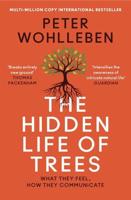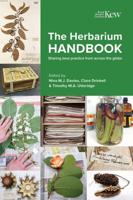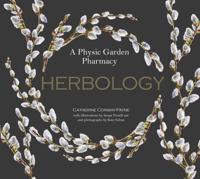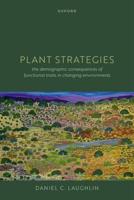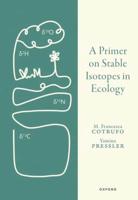Publisher's Synopsis
Excerpt from The Cherries of New York
This is the fourth of the monographs on the fruits of temperate North America published by the New York Agricultural Experiment Station. The nature and purposes of these treatises have been set forth in the pref aces of preceding volumes, but a summary of the purposes, with needed emphasis on several, is given for the convenience of all readers and the enlightenment of those who may not have the first three books.
The Cherries of New York contains an historical account of cultivated cherries, the botany of this fruit, a statement of its present economic status in America, descriptions of all known varieties of cherries, the synonymy and bibliography of the Species and varieties, and biographical sketches of the per sons who have contributed materially to cherry culture in America. The most important varieties are illustrated in colors. Everything that was thought would be helpful in breeding cherries has been included, and special search has been made for such material. So, too, whatever was thought to be of interest to Students of ecology and of plant distribution has been added.
In the monographs on grapes and plums it was necessary to devote much space to the botanical relationship of these fruits since each contains more than a score of species under cultivation, some of which are scarcely known and most of which are extremely variable. The botany of culti vated cherries is comparatively simple and has been made plain by botanical writers. Yet the contemplation of the several species from a horticultural standpoint adds something, we believe, to the botany of cherries, especially as concerns the forms of the Sweet Cherry and the Sour Cherry which have been variously treated by botanists.
About the Publisher
Forgotten Books publishes hundreds of thousands of rare and classic books. Find more at www.forgottenbooks.com
This book is a reproduction of an important historical work. Forgotten Books uses state-of-the-art technology to digitally reconstruct the work, preserving the original format whilst repairing imperfections present in the aged copy. In rare cases, an imperfection in the original, such as a blemish or missing page, may be replicated in our edition. We do, however, repair the vast majority of imperfections successfully; any imperfections that remain are intentionally left to preserve the state of such historical works.


